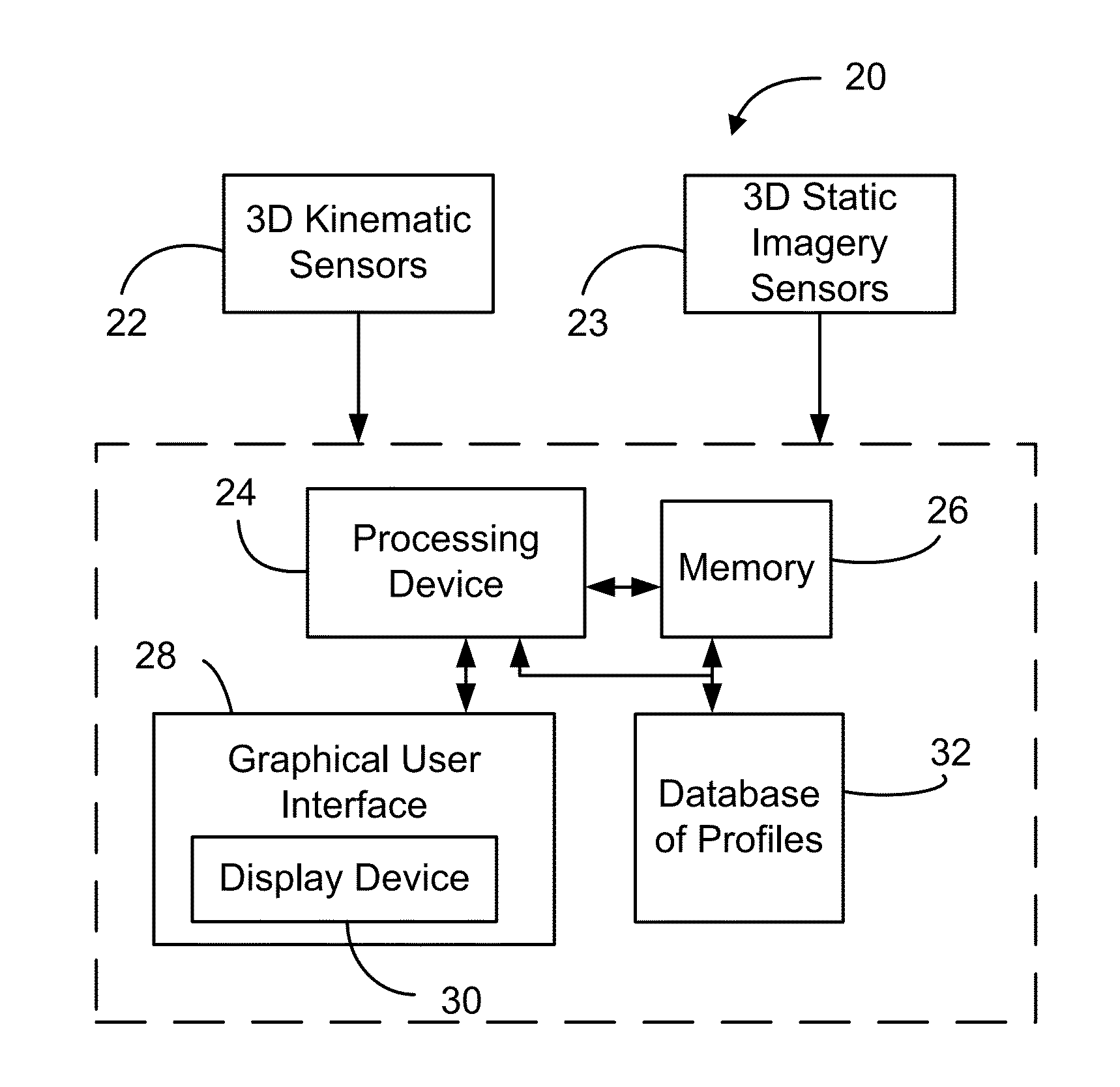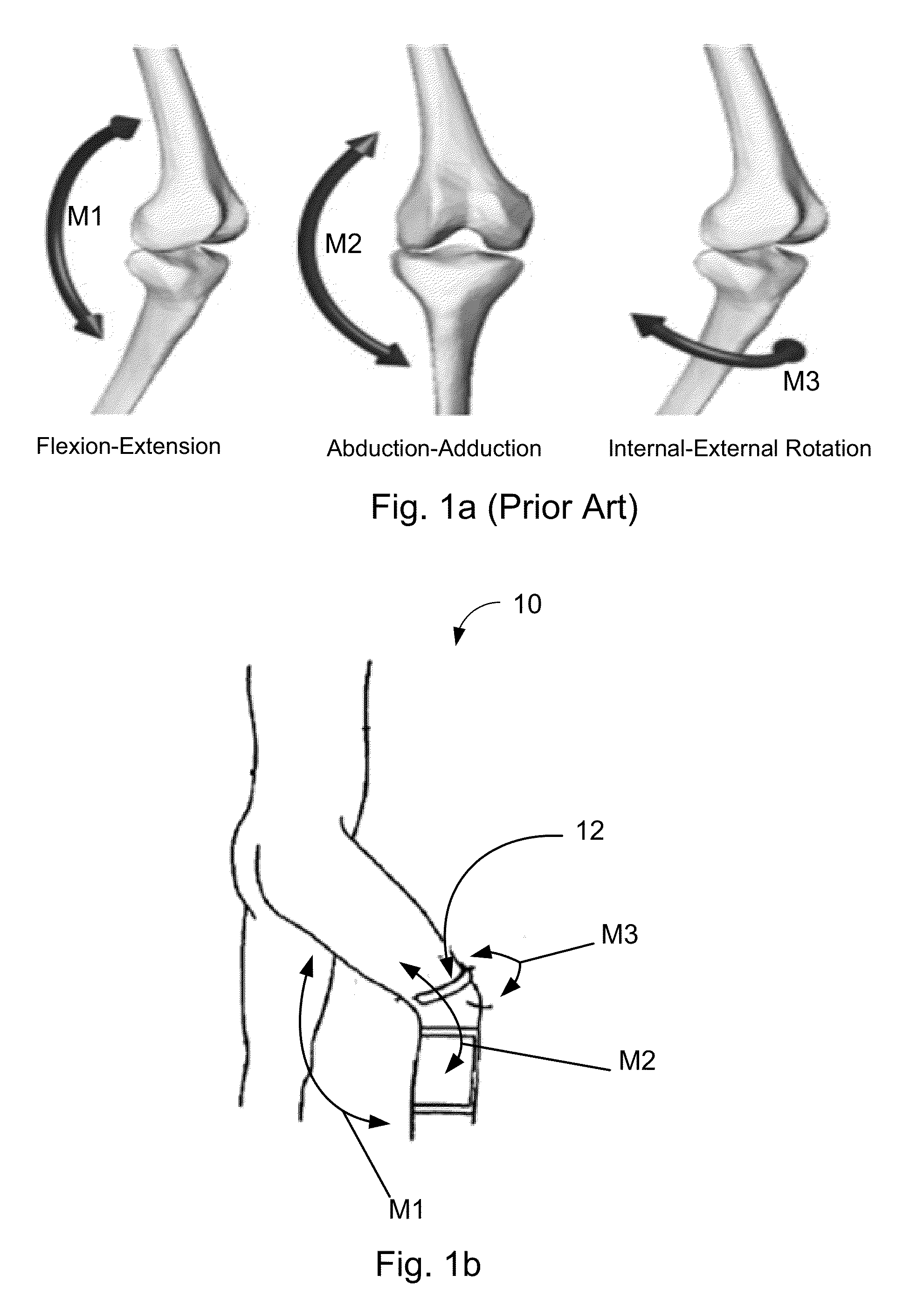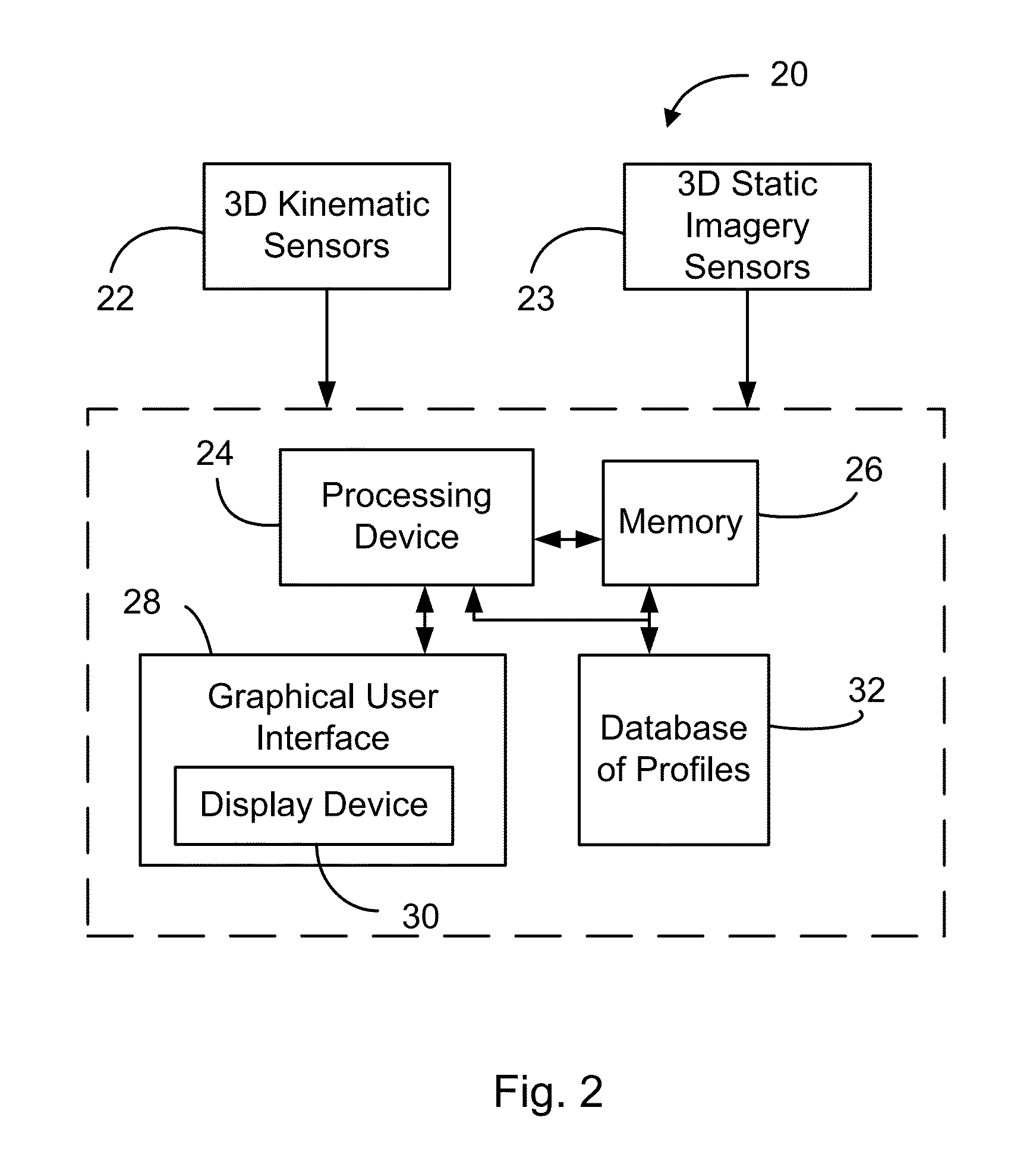Method and system for human joint treatment plan and personalized surgery planning using 3-d kinematics, fusion imaging and simulation
a human joint and treatment plan technology, applied in the field of tools for planning surgery and or treatment, can solve the problems of inability to perform, affecting the quality of life of patients,
- Summary
- Abstract
- Description
- Claims
- Application Information
AI Technical Summary
Benefits of technology
Problems solved by technology
Method used
Image
Examples
Embodiment Construction
[0071]This disclosure deals with multiclass problems. These multiclass problems may dealt with using treatments such as, without limitations, arthritis-Total Knee Arthroplasty (TKA); conservative treatments such as, without limitation, physical therapy, orthotics, bracing and taping; surgical treatments or techniques such as, without limitations, implant alignment, implant type, tunnel alignment, graft type and viscosupplement (pharmacological). This leads to the knee joint treatment plan described herein.
[0072]The system which was developed will not only permit the possibility of assigning a class of treatment to a subject, but also to personalize the treatment plan and surgery. Weight bearing 3D kinematic data are used (determined by the speeds and acceleration of movement; flexion / extension curve; abduction / adduction and internal / external tibial rotation). Global and unique information for a patient is used. 3D static imagery data and 3D kinematic data as well as other pertinent ...
PUM
 Login to View More
Login to View More Abstract
Description
Claims
Application Information
 Login to View More
Login to View More - R&D
- Intellectual Property
- Life Sciences
- Materials
- Tech Scout
- Unparalleled Data Quality
- Higher Quality Content
- 60% Fewer Hallucinations
Browse by: Latest US Patents, China's latest patents, Technical Efficacy Thesaurus, Application Domain, Technology Topic, Popular Technical Reports.
© 2025 PatSnap. All rights reserved.Legal|Privacy policy|Modern Slavery Act Transparency Statement|Sitemap|About US| Contact US: help@patsnap.com



